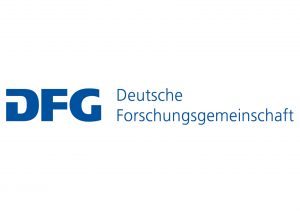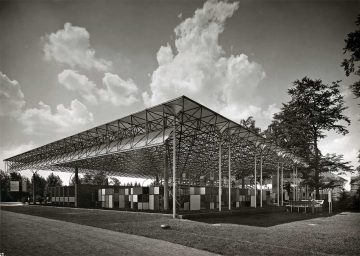‘Future’s Cell’
German Building Exhibitions from 1927 to 1957

Building exhibitions like Weissenhofausstellung at Stuttgart in 1927, “Schaffendes Volk” at Dusseldorf in 1937, and Interbau at West Berlin in 1957 have become mass events providing unique venues for experimenting with various curatorial practices and design strategies. With up to some 7 million visitors at Dusseldorf, new construction methods, scientific findings as well as architectural and cultural propaganda and concepts of habitation were afforded a broad forum for public discussion. These building exhibitions have demonstrated ways of individual lifestyle and collective cohabitation under different policies.
German architectural historiography has often researched them as separated, and not evolutionary, units. In focusing only on their buildings and in disregarding hall shows, fairs, public programs, conferences, luna parks and gardens, we have tended to overlook building exhibitions as an example for modern heterotopy. In their accompanying discourse about life and social models thus lies a fertile area for analysis of the contested pluralism of modernity between 1927 and 1957.
project leader: Dr. Regine Heß
duration: 2019–2022
supported by the DFG
